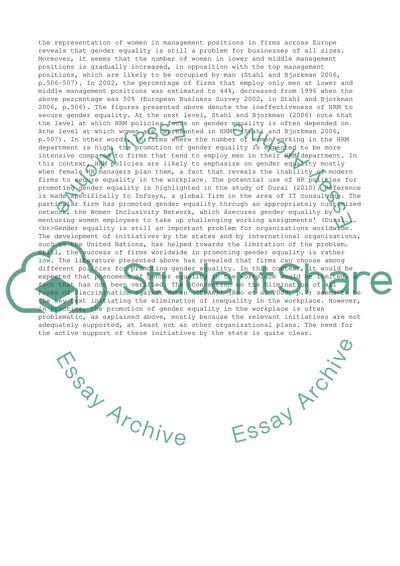Cite this document
(“To what extent can human resource policies and practices promote Essay”, n.d.)
To what extent can human resource policies and practices promote Essay. Retrieved from https://studentshare.org/management/1451898-to-what-extent-can-human-resource-policies-and-practices-promote-gender-equality
To what extent can human resource policies and practices promote Essay. Retrieved from https://studentshare.org/management/1451898-to-what-extent-can-human-resource-policies-and-practices-promote-gender-equality
(To What Extent Can Human Resource Policies and Practices Promote Essay)
To What Extent Can Human Resource Policies and Practices Promote Essay. https://studentshare.org/management/1451898-to-what-extent-can-human-resource-policies-and-practices-promote-gender-equality.
To What Extent Can Human Resource Policies and Practices Promote Essay. https://studentshare.org/management/1451898-to-what-extent-can-human-resource-policies-and-practices-promote-gender-equality.
“To What Extent Can Human Resource Policies and Practices Promote Essay”, n.d. https://studentshare.org/management/1451898-to-what-extent-can-human-resource-policies-and-practices-promote-gender-equality.


